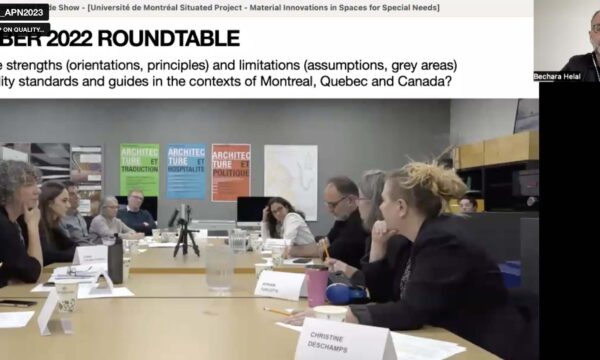Over the course of the past three annual conventions, all the partners have collectively agreed that the housing crisis in Canada is one of the fundamental issues which need to be tackled not only at the regional levels but also national level of the partnership. Three notable examples of reflections made on this front are: (1) the discussion on rural housing affordability by Athabasca University, (2) the investigation of long-term costs of construction by University of Waterloo, and (3) the proposition of a holistic approach on community engagement in housing projects by University of Manitoba.
In their roadmap, Athabasca University present 8 main barriers in the rural landscape that impact the affordability of rural housing, of which geographic isolation and lack of representation of rural communities are at the forefront of low quality in their built environments. They advocate for responsive rural policy reform along with developing construction skills, advancing local technologies and financial frameworks toward increased affordable housing initiatives.
University of Waterloo-led research site studies the detrimental effects of housing commodification, prioritizing profit over resident well-being, in several multi-unit residential public housing projects in the Waterloo Region. They seek to address housing affordability by highlighting public housing quality perspectives of residents in the Waterloo region, integrating the UN’s Housing as a Human Right into Canadian housing standards, and developing a pedagogical framework on these issues.
The research on community-led housing by University of Manitoba and partners sheds light on the challenges of providing affordable and sustainable housing for First Nations communities in Canada. They reflect on externally imposed quality prescriptions and neo-colonial practices of construction seen in housing in the reserves along with key lived experiences and insights from the community members themselves on better housing quality while also not compromising on affordable and sustainable resources.



